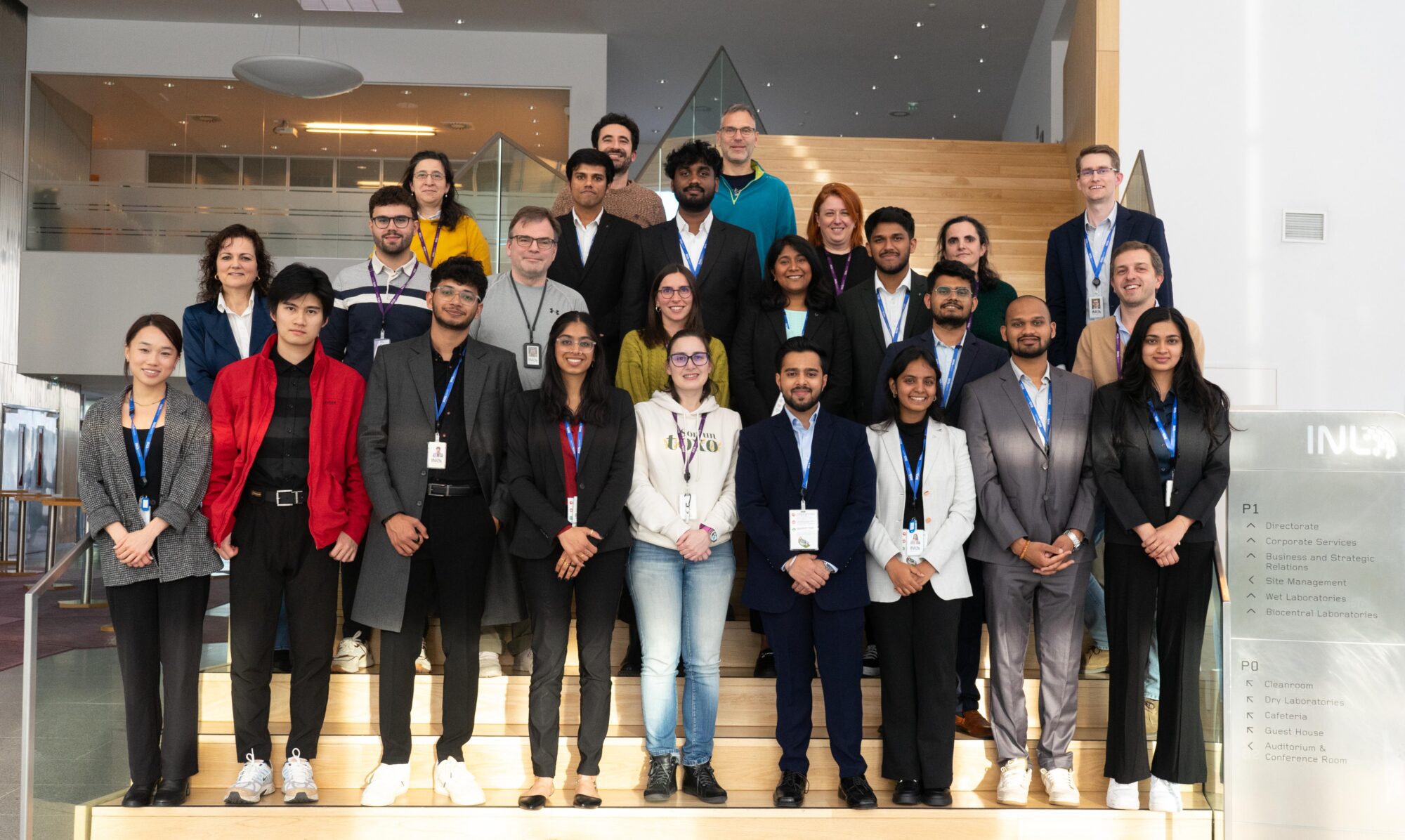On the 16th of December, the International Iberian Nanotechnology Laboratory (INL) participated in the inauguration ceremony of the new CeNTI (Centre for Nanotechnology and Smart Materials) facilities — an event representing a significant milestone in research and innovation within the region. INL’s Director-General, Professor Clivia Sotomayor Torres, its Deputy Director-General, Professor Ado Jório de Vasconcelos, as well as Paula Galvão, Chief Officer of the Business and Strategic Relations Department, and Pedro Salomé, INL Research Group Leader, were in attendance. The event was honoured by the presence of several distinguished figures, including the Prime Minister of Portugal, Mr. Luís Montenegro, the Mayor of Vila Nova de Famalicão, Mr. Mário Passos, the Chairman of CeNTI’s Board of Directors, Mr. António Amorim, and CeNTI’s General Director, Mr. António Braz Costa. The guests were introduced to the newly established facilities, which comprise a range of advanced laboratories, state-of-the-art equipment, and expanded work areas designed to strengthen the research and technological capabilities of the institution. CeNTI is a leading Portuguese research and technology organisation specialising in advanced nano, micro, and smart technologies. In response to emerging challenges, it has positioned itself to develop disruptive solutions guided by sustainability and bioeconomy, energy and decarbonisation, and digital transformation of materials and processes. By strengthening […]
Read more


